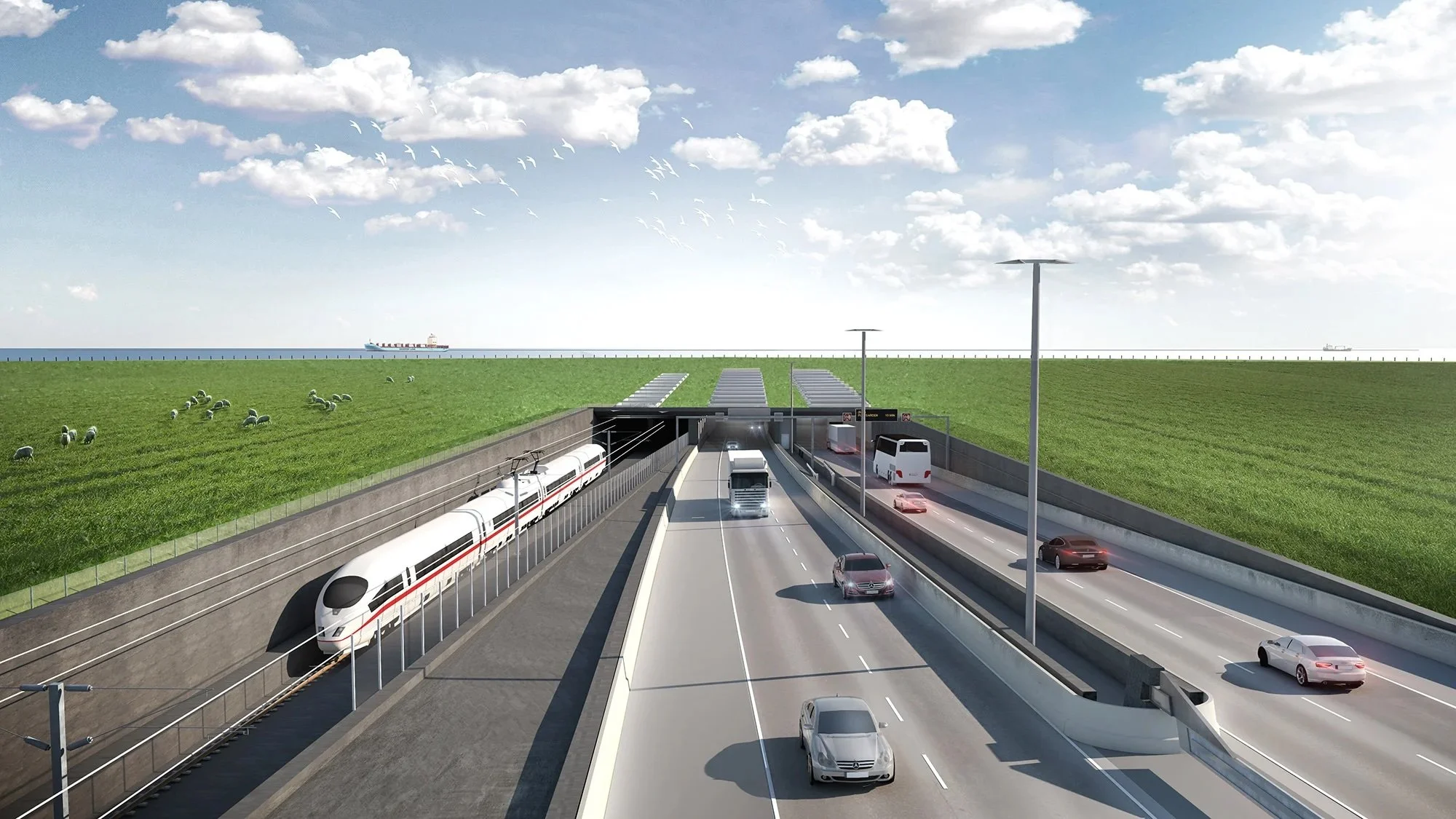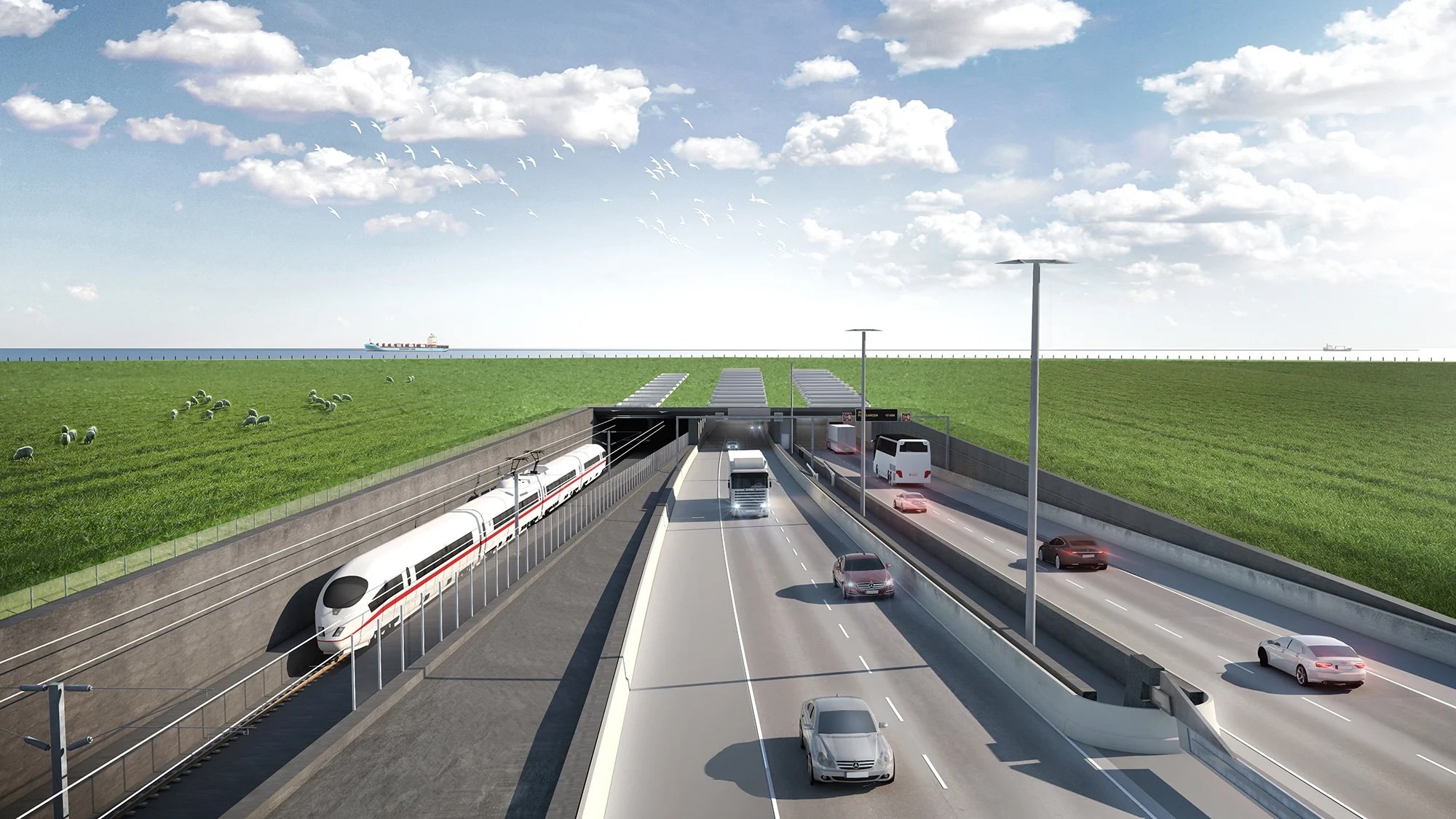New Undersea Tunnel Will Be A Gamechanger for European Road Trips
Photo Femem A/S
In an incredible feat of engineering, Denmark and Germany will soon be linked by a massive road and rail tunnel, cutting journey times across northern Europe.
Joining Rødbyhaven on the Danish side and Puttgarden on the German end, it will take just ten minutes to drive through or seven minutes on a train, compared to the 45 minutes, plus loading and unloading, it currently takes by ferry.
“The Fehmarnbelt tunnel will be a game-changer for tourism in Denmark and the wider Scandinavian region,” Mads Schreiner, International Market Director at VisitDenmark, told CNN.
Even though the distance is only around one third that of the Channel Tunnel, the €5.4 billion construction will claim a couple of new world records as the longest combined road and rail tunnel, and the longest immersed tunnel. Unlike the Chunnel, the new Fehmarnbelt tunnel is being built by first digging a trench in the Baltic seabed into which pre-fabricated sections are then sunk and joined together, before being buried again. This has required a whole host of innovations from the construction of the tunnel sections to special pontoons which drop them into position.
It’s scheduled to be finished in 2029, and will make for fast, ferry-free access to Denmark, Sweden, and beyond. “By significantly reducing travel time between Germany and Denmark, it will make our country more accessible than ever for visitors from central Europe. We expect to see a rise in self-drive tourism,” added Schreiner.
In the meantime, the most spectacular Scandinavian tunnel is still Norway’s Laerdal Tunnel - the longest in the world and well worth a detour.










If you’ve love driving then you’ll know the drill. As you enter the mouth of a tunnel you drop the windows, drop down a gear and up the revs to experience the echo of engine against the walls.